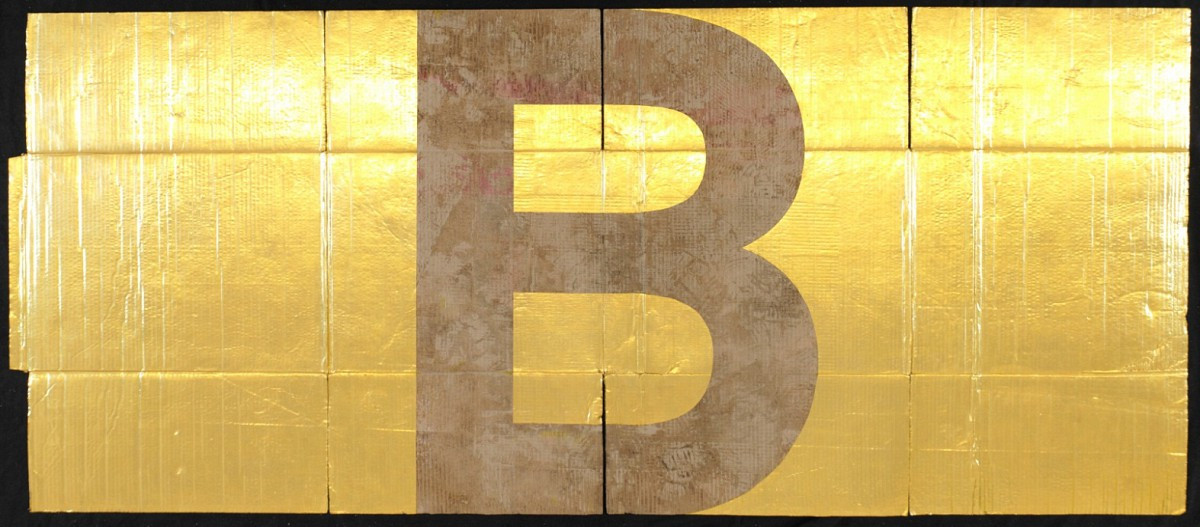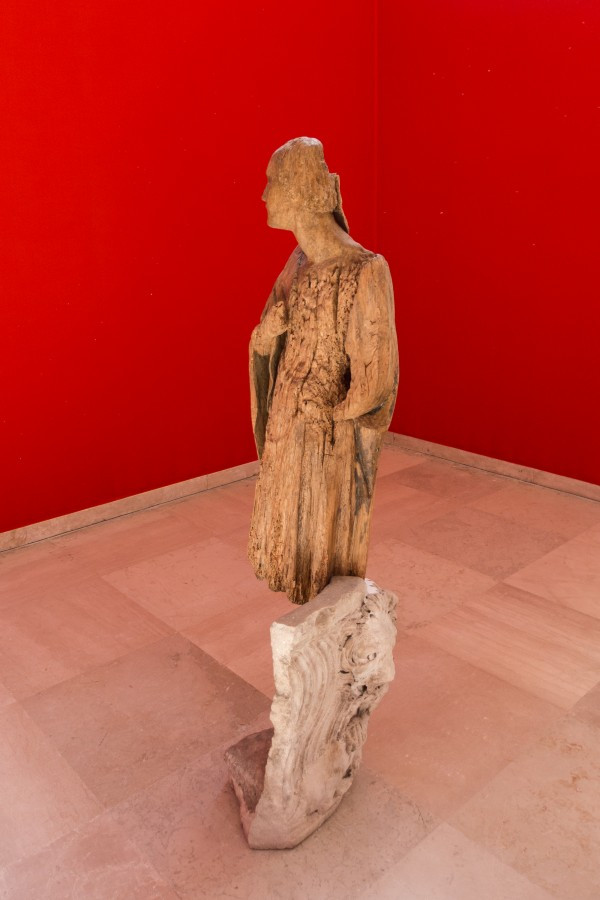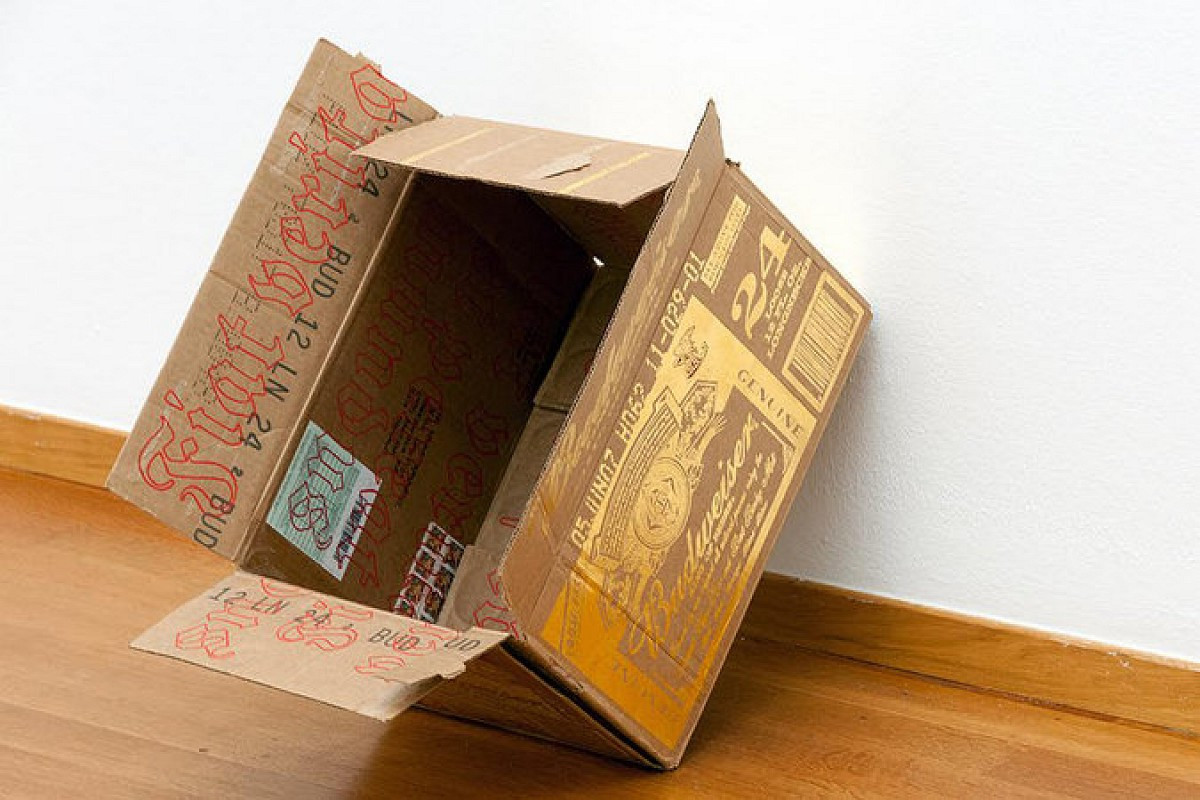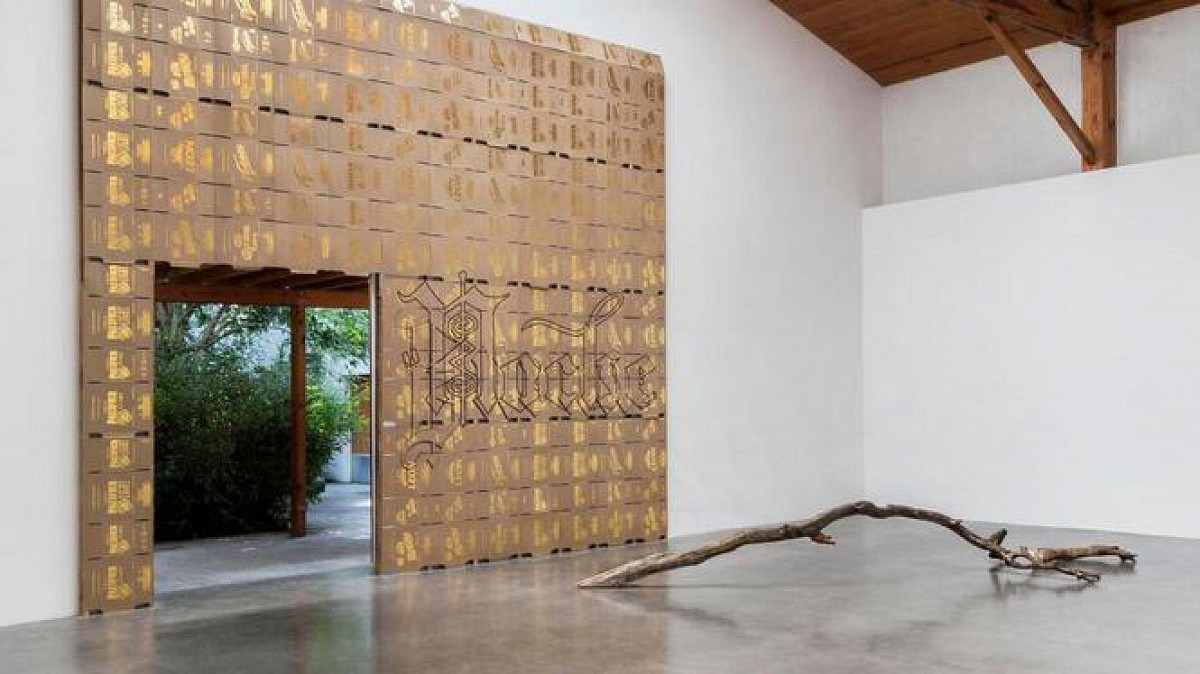Protect me from what i want Kreuk versus Vo (TRANSLATION FROM GERMAN)
Published: August, 2015, DIE WELT AM SONNTAG
Shove it up your ass, you faggot – is the content of the text artwork that the artist Danh Vo proposed to the Dutch collector Bert Kreuk last week. Vo’s text originates from the film The Exorcist, which currently forms a source of his inspiration. The collector was not amused and proposed instead another phrase: From anger, hatred and all ill will used by exorcists when driving out demons, or, as alternative, that the artist and the collector each donate US$ 350,000 to a charity fund or a public museum. In the meantime, people are breaking their heads over what kind of demons have taken possession of the two; what is it all about?
Last June, a court in Rotterdam issued a very remarkable verdict. It sentenced Danh Vo and his Berlin-based gallery Isabella Bortolozzi to produce a work for the guest curator Bert Kreuk as compensation for the non-delivered work for the exhibition Transforming the Known in the Gemeentemuseum in The Hague in June 2013. The judge instructed that the work should be ‘large and experienced as impressive at first sight by the viewer.’ The artist has one year to make it and he is obliged to talk to Kreuk about the design of the work, although he is allowed to keep his artistic freedom.
Dictating the artist how to make a work is an adventurous undertaking for a judge. It shows how little she understands of contemporary artistic practice, in which autonomy of the artist and the subjectivity of the viewer are highly celebrated values. The big problem of this verdict is its verifiability. One viewer can find a golden balloon-dog impressive, while another might be impressed by a small coin lying on the floor in an exhibition space. This verdict made it almost too easy for the artist to express his frustration about the court case and the collector.
Kreuk claimed and the court found it evidenced that Vo agreed to deliver and sell a work to the collector in value of US$ 350,000. However, instead of the alleged commissioned work, Vo sent to The Hague an existing work, Fiat Veritas, as a loan, which Kreuk laid claim to after the show. Since there was no written confirmation of the agreement or any correspondence referring to the agreed details – with exception of emails discussing possible works for the exhibition – essential for the court’s decision were the affirmative witness statements delivered by museum curator Hans Janssen and the uncle by marriage and ex-business partner of Bert Kreuk, Theo Schols. To understand these statements properly, the story of the exhibition needs to be told.
Bert Kreuk is an international entrepreneur, who started to collect art about twenty years ago when his business partner introduced him to Impressionism. The interest for Post-war and Contemporary art, which has become the focus of his attention and acquisition strategy, came only later. In interviews, Kreuk has spoken enthusiastically about his passion for art, for artists, and for concepts. What mattered to him were the art of this time and the pleasure of discovering, especially since he has claimed to develop the skill of discerning quality. At times, he has expressed his negative opinion about people who are not serious collectors and buy artworks to sell them quickly, as well as those art investors whose activities, according to him, have nothing to do with art.
In Transforming the Known, the museum gave collector Kreuk a carte blanche, allowing him to operate as the curator of the exhibition that presented works from his private collection. In his opening speech, museum director Benno Tempel mentioned that Bert Kreuk and Theo Schols were allowed to keep the keys to the museum after the end of the exhibition – so much were they considered a welcome addition to this public institution.
The exhibition showed works of international artists, many of whom have been popular and appreciated by the international art market. Director Tempel admitted that the museum does not have the financial means and expertise to follow recent developments worldwide as well as the collector Kreuk does and was therefore pleased to be able to show these works to his public. The museum has already had a few works from Kreuk’s collection on loan and received donations as well.
Almost immediately after the show ended, Kreuk put 13 works from this exhibition up for auction at Sotheby’s New York in November 2013, the majority of them having been made in 2011, 2012, and 2013. When asked about the works going directly from the museum into auction, curator Hans Janssen told me that they support Bert Kreuk in his struggle with galleries that do not behave well. Whatever he meant, it implied that the collector engaged the museum not only in matters concerning the exhibition.
A few artists were very upset about their works being taken straight from the museum into auction, and the newspapers and public blogs questioned the position of the collector, who then said that many artists produce works for the market and that, despite the selling of their works, he remains loyal to artists. Director Tempel explained in an interview that Kreuk’s passion is not in following artists long-term, but that, instead, he looks around to see what the market is doing and what other collectors are doing.
This attitude made the position of the public museum problematic. It is not a task of a public curator to have an opinion about and to take a stand toward commercial activities between third parties. The director, who admitted to understand that Kreuk is very much market- and not artist-oriented, took the risk that his museum could become involved in unwanted market activities with unpleasant consequences. The name of the museum was mentioned under each lot in auction catalogues, in most cases as the only place where the works had been exhibited. In the interviews, Tempel downplayed the role that the Gemeentemuseum might have had in the valorization of a work for a sale at auction:
´If the work was shown in the museum of François Pinault or the Museum of Modern Art, maybe, but not in the Gemeentemuseum. For this, we play too small a role internationally.’
Bert Kreuk expressed the same opinion, and stated in an interview: ‘You don’t think that an artwork in New York would be worth more because it was shown in The Hague?’
However, the Gemeentemuseum, which owns the largest Mondrian collection in the world, has certainly given an additional value to works that have been exhibited there. International galleries were prepared to sell these works to Kreuk exactly because the works were to be shown there – a few of those works were later put up for auction.
Kreuk put other works from the exhibition up for sale through S2, Sotheby’s gallery in London, a bit later. In this event, Just Now, the same work by Danh Vo, Alphabet B appeared that was used as a logo for the museum show in The Hague. This exhibition turned out partially to be a preview of separate works for two auctions.
The case Kreuk versus Vo shows Kreuk’s pleasure in sharing his art experiences but also his genuine interest in dealing in artworks as part of this passion and enjoying the financial benefits that collecting art offers. It is a case of switching between the logic of the commercial market and the logic of passion, depending on the situation. When wanting to buy a work, Kreuk presents the character of a true passionate collector who wants a work so much that he is even prepared to prosecute an artist. Kreuk’s recent proposal to give up the work and donate the money fits in this logic because, by showing his alleged disinterestedness in money, he stresses his real passion of collecting to the public. However, the moment he acquires a work, he considers it as his property to which he might apply the commercial matrix and, depending on his private commercial interests, which he might decide to sell or not. His original claim against Vo was not the allegedly agreed price of US$ 350,000 but US$ 1.2M to compensate Kreuk’s loss of profit because of the potential value increase of Vo ́s work in the secondary market.
The Gemeentemuseum has chosen to closely collaborate with the collector because of certain advantages he offered to them, while Kreuk, with his own agenda, used the museum for his goals: gaining visibility and prestige, upgrading the value of young works, and having an easier access to desired artists. As an unforeseen consequence, however, director Tempel was forced to undermine the role of the museum he leads, which reflects little understanding of responsibilities according to which public institutions function.
I am not against collaborations between private collectors and public museums: collectors have been and remain a great driving force for development of public institutions. Neither do I condemn private collectors who enjoy price increases and making profit by dealing art works from their collections. It becomes problematic though when a museum needs to give up its sovereign position in order to pursuit other goals. This story shows what can happen if a collector on the one side and a museum on the other each follow their own limited interests. Add to it the unverifiable verdict of the judge and you need a good exorcist to cast the demons out.


